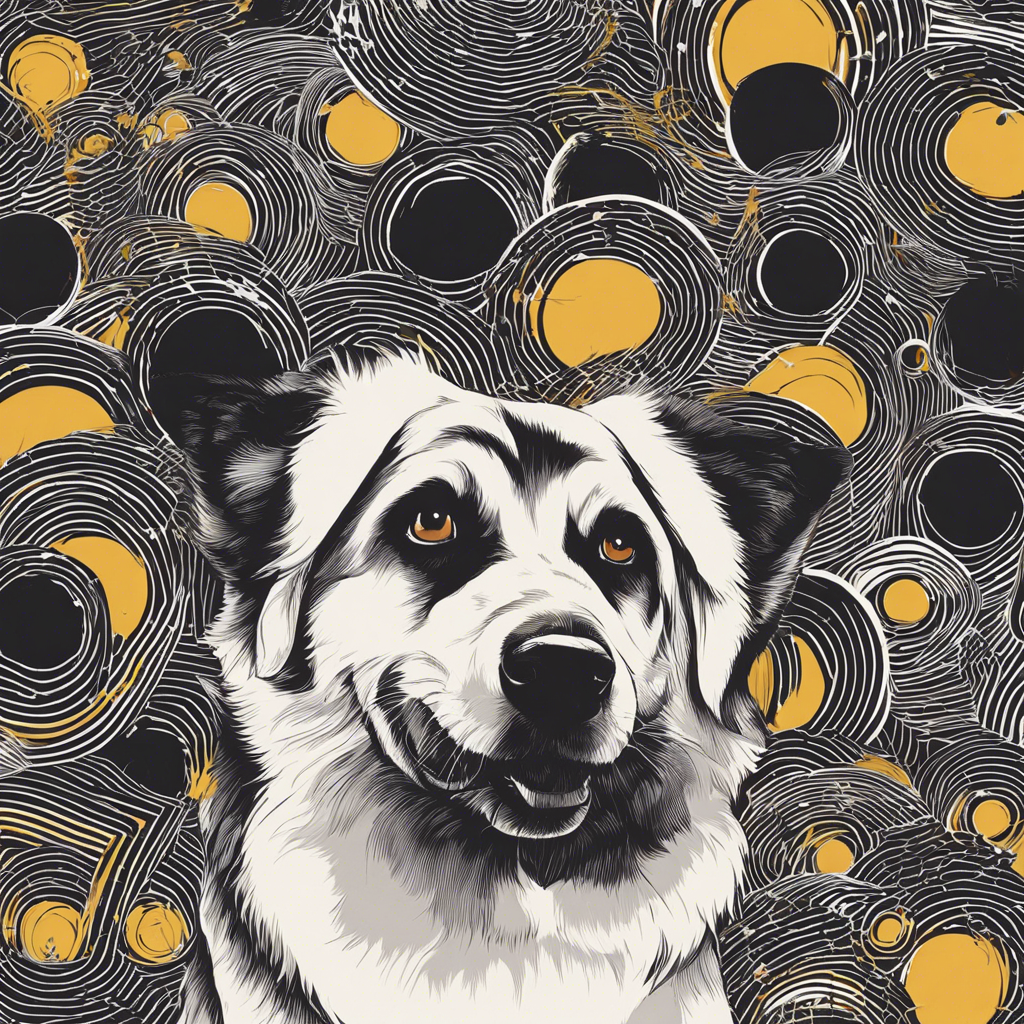**Noise Desensitization: Helping Your Dog Overcome Their Fear of Loud Sounds**
Loud noises, from thunderstorms to fireworks, can be a source of great distress for many dogs, causing anxiety and even phobias. As a responsible dog owner, it’s important to address this issue and help your furry friend feel more at ease. Noise desensitization is a process that can significantly aid in reducing your dog’s fear and improving their overall well-being. This technique involves gradually exposing your dog to different sounds at varying volumes, teaching them to remain calm and relaxed during these experiences.
## Understanding Your Dog’s Fear
Dogs have incredibly sensitive hearing, and what may seem like a harmless noise to us can be overwhelming for them. Common sources of loud sounds include thunderstorms, fireworks, construction noises, and even bustling city environments. When exposed to these noises, some dogs may exhibit signs of fear, such as trembling, hiding, destructive behavior, or excessive barking. This fear is often rooted in a lack of familiarity with the sound and the unexpected nature of the noise.
## Introduction to Noise Desensitization
Noise desensitization is a process of behavior modification that aims to teach your dog to remain calm and composed in the presence of loud sounds. It involves playing recorded or simulated noises at low volumes initially and gradually increasing the volume as your dog becomes more comfortable. This technique helps your dog build confidence and learn that loud sounds do not always signal danger.
The key to successful noise desensitization is taking small, incremental steps and moving at your dog’s pace. Each dog is unique, and their responses to the training will vary. It’s essential to be patient and understanding throughout the process.
## Getting Started with the Desensitization Process
First, create a calm and safe environment for your dog during the training sessions. Choose a quiet room where you can control the sound levels and minimize any potential distractions.
Acquire high-quality recordings of the specific loud sounds that trigger your dog’s fear. You can find various sound libraries online or use specialized dog training apps that offer customizable noise simulations. Ensure that you have the ability to adjust the volume precisely.
## The Step-by-Step Approach
**1. Begin at a Low Volume:** Start by playing the recorded noise at a very low volume, barely audible to your dog. You want to introduce the sound at a level that doesn’t trigger any fear or anxiety.
**2. Pair the Sound with Positive Experiences:** During the initial stages, pair the low-volume noise with positive experiences for your dog. Provide treats, toys, or playtime to create a positive association with the sound. This step is crucial in helping your dog feel safe and relaxed.
**3, Gradually Increase the Volume:** Over multiple sessions, gradually increase the volume of the recorded noise. The increase should be minimal, ensuring that your dog remains calm and comfortable. Continue pairing the sound with positive experiences throughout this process.
**4. Observe Your Dog’s Behavior:** Pay close attention to your dog’s body language and behavior during each session. Look for signs of relaxation or discomfort. If your dog shows signs of stress, take a step back and reduce the volume before progressing further.
**5. Use Counter-Conditioning:** Counter-conditioning is a powerful technique to change your dog’s emotional response to loud sounds. By associating the noise with something positive (treats or playtime), you can effectively teach your dog to feel calm and happy when hearing the sound.
**6. Maintain Consistency:** Consistency is key to successful desensitization. Aim for regular, short training sessions, such as 10-15 minutes, several times a week. Each session should focus on building upon the progress made in the previous one.
**7. Real-Life Exposure:** Once your dog becomes more comfortable with the recorded noises, you can start introducing real-life sources of loud sounds, such as playing the actual sound of fireworks or a thunderstorm. Continue using positive reinforcement during these exposures.
**8. Patience and Persistence:** The desensitization process may take time, and each dog will progress at their own pace. Be patient and persistent, and celebrate small victories along the way.
## Additional Tips for Success
– **Create a Comfortable Environment:** Ensure your dog has a cozy and safe space to retreat to during and after training sessions. A familiar bed or crate can provide a sense of security.
– **Use a Consistent Reward System:** Choose high-value treats or toys that your dog loves, and use them consistently during training to reinforce positive associations.
– **Avoid Punishments:** Never punish your dog for displaying fear or anxiety. This can worsen their stress and damage the trust between you.
– **Consider Professional Guidance:** If your dog’s fear is severe or if you’re unsure about the process, consult a professional dog trainer or a veterinary behaviorist for personalized guidance.
Noise desensitization is a powerful tool to help your dog feel more confident and relaxed in the face of loud sounds. With patience, consistency, and positive reinforcement, you can make a significant difference in your dog’s quality of life. Remember, every dog is unique, and adapting the training to their needs is essential for success.

